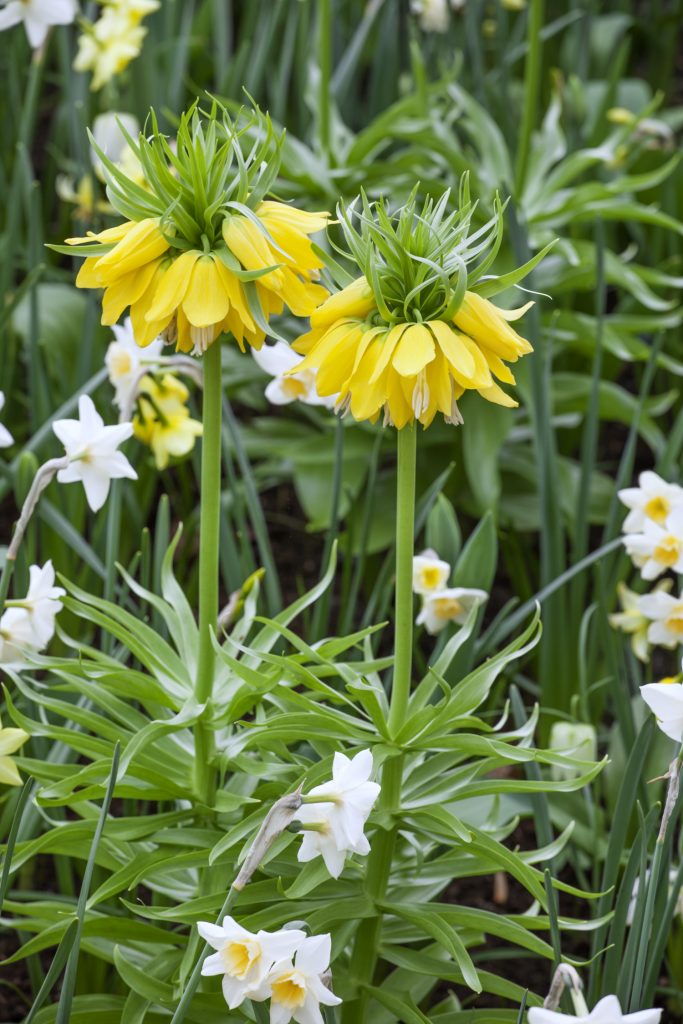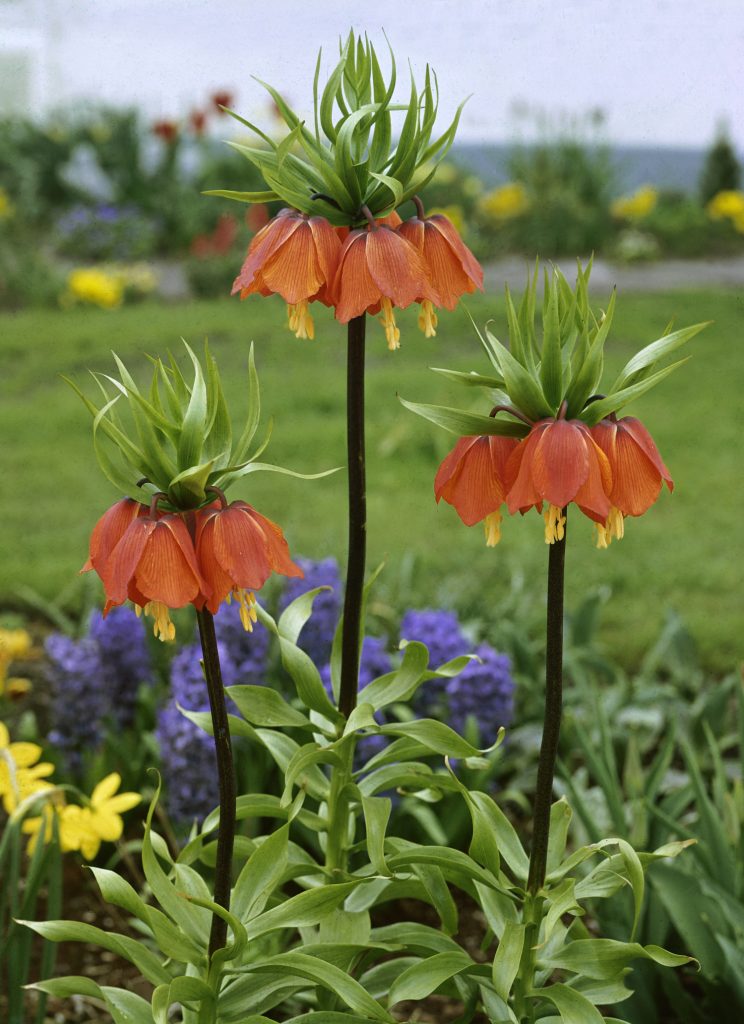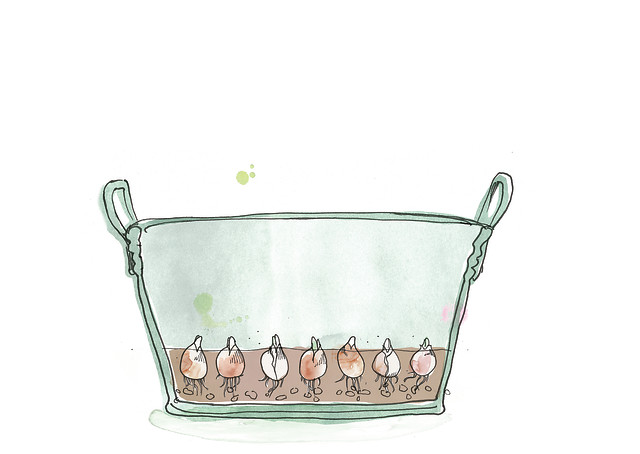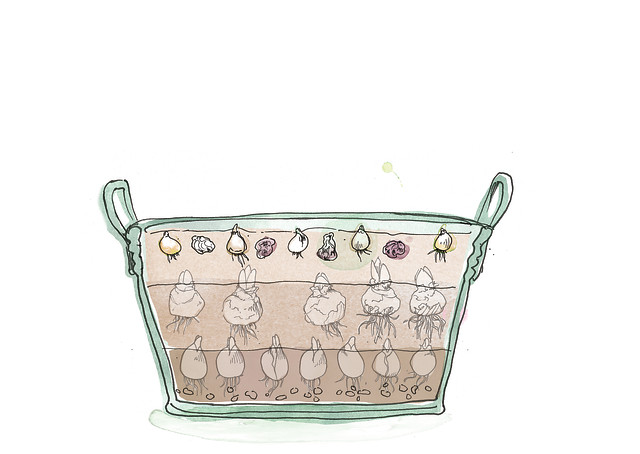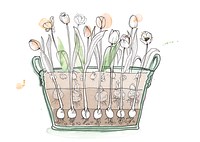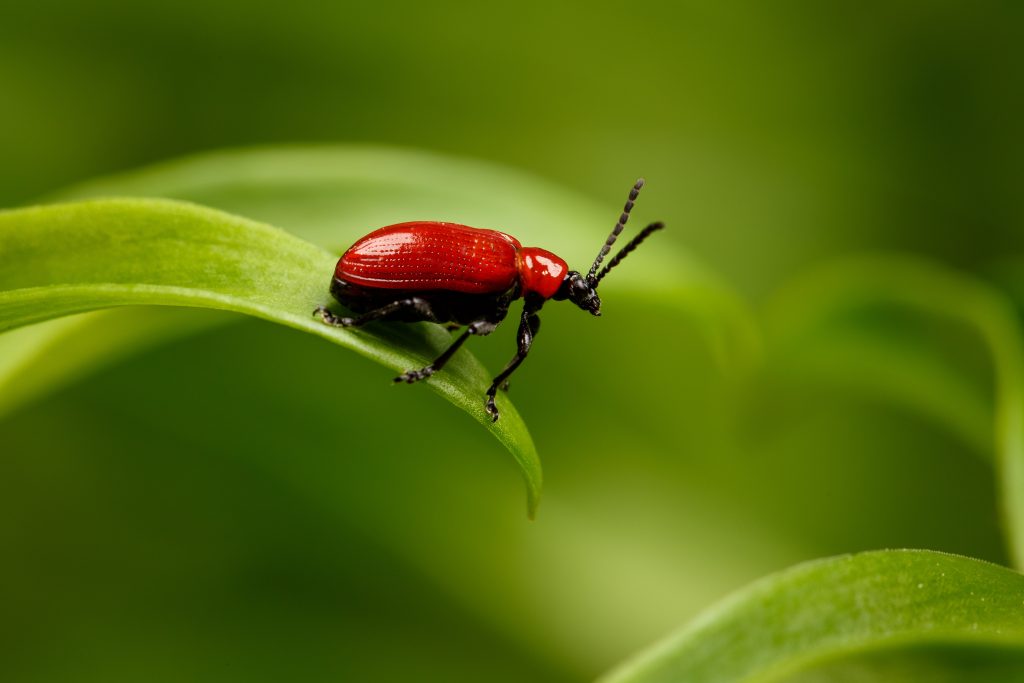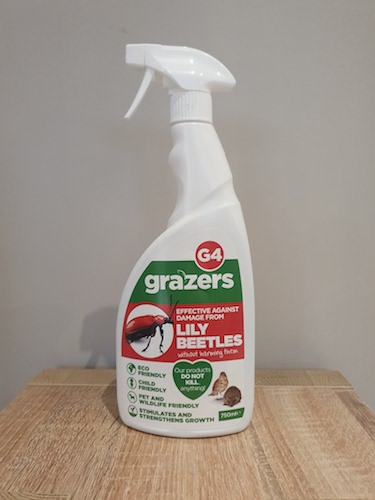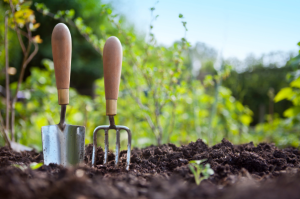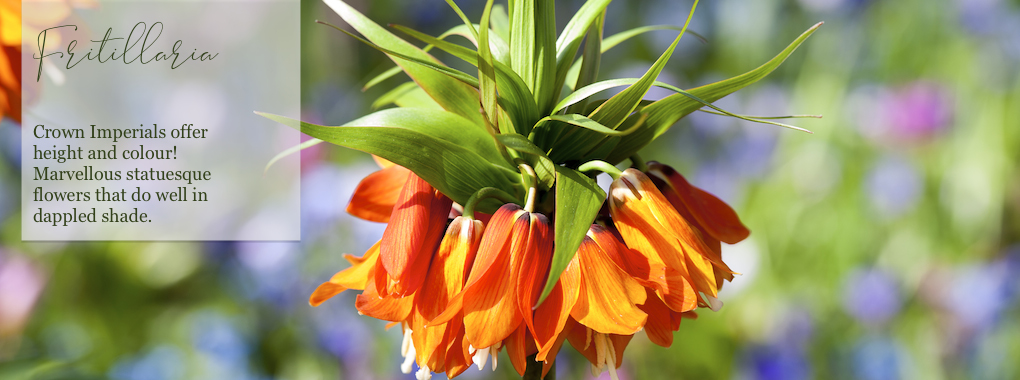
Statuesque Fritillaria Imperialis (also known as Crown Imperials or Kaiser’s Crown) need very well-drained, sandy soil in a sunny or slightly shaded position. Except for Snakes Heads, they are quite happy in wetter conditions. Fritillaria Imperialis are perfect spring flowers for adding height and a touch of rare and exotic to your garden.
When to plant Fritillaria
Fritillaria need planting in the Autumn for Spring flowering. They are the first whopper bulbs to come into flower during the spring months.
Planting Fritillaria in the garden
Find a location with full sun or partial shade with well-drained, sandy soil, if necessary add sand, grit or gravel to be improve the condition of the area for planting. Plant your fritillaria Imperialis quite deep with 15-20cm (6-8″) of soil above them. Plant the large bulbs with the hollow part slightly on its side to prevent water from building up in the centre and causing the bulb to rot. Space the bulbs about 25cm (10″) apart.
When planting your Fritillaries in the garden, it is best to plant them in odd number groupings between mid-level shrubs or scattered amongst other spring bulbs like tulips and daffodils for more of a meadow look.
Planting Fritillaria in pots
Plant 1 x fritillary bulb in a 15-20cm (6-8″) pot using good-quality, multi-purpose compost. Add grit or sand if needed to help with drainage. As with planting in the garden, plant your crown imperial bulbs on their side to prevent the bulb from collecting water in the pit of the bulb as this will cause the it to rot. Plant 15-20cm (6-8″) deep.
If you have a larger patio type pot, then you can plant more fritillaria bulbs where possible. Ensuring enough space between the bulbs. Plant alongside other spring bulbs using the lasagne bulb layering effect.
Caring for your Fritillaria
- Fritillaria Imperialis can tolerate very cold conditions but they do not like to get wet.
- If planting in borders in the garden, the soil must be well drained and, preferably, sandy.
- If planting in pots, make sure the Fritiallaria Imperialis are kept moist but do not get waterlogged.
- If planting in pots, it may be an idea to tilt the pots on their side in the winter to prevent waterlog.
- When the Fritiallaria Imperialis has finished flowering, cut any seed heads back and allow the foliage to die back naturally.
- Fritiallaria Imperialis bulbs will multiply during the first or second year of planting. Ideally, the best time to lift and check your bulbs for dividing is during the months of August and September. Once, you have divided your bulbs, they will all need replanting.
- Once the Fritiallaria Imperialis start to grow, keep a look out for Scarlet Lily Beetle. You can prevent the Scarlet Lily beetle from ruining your Fritillarias by using our Lily Beetle Prevention spray.




